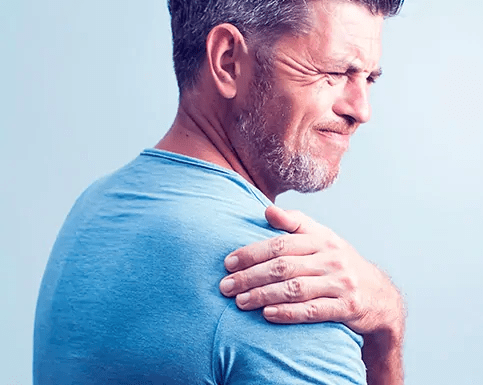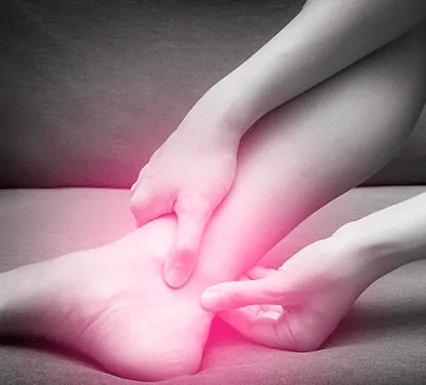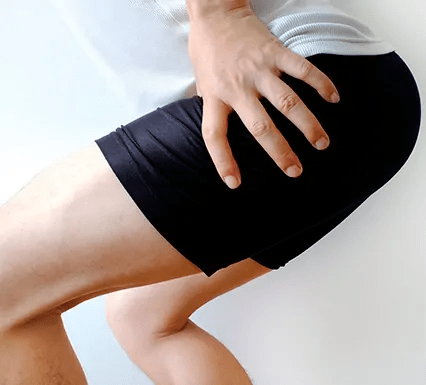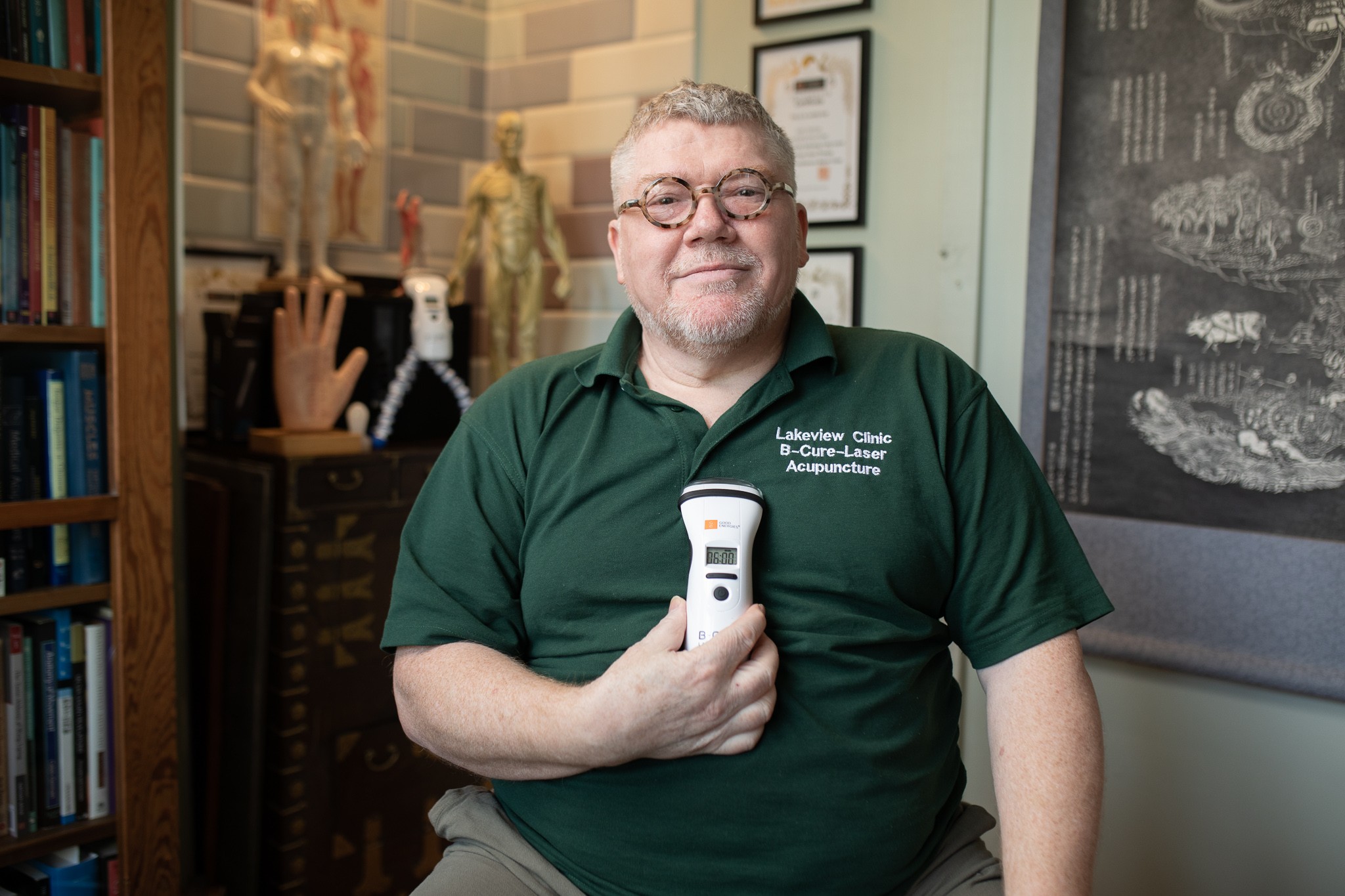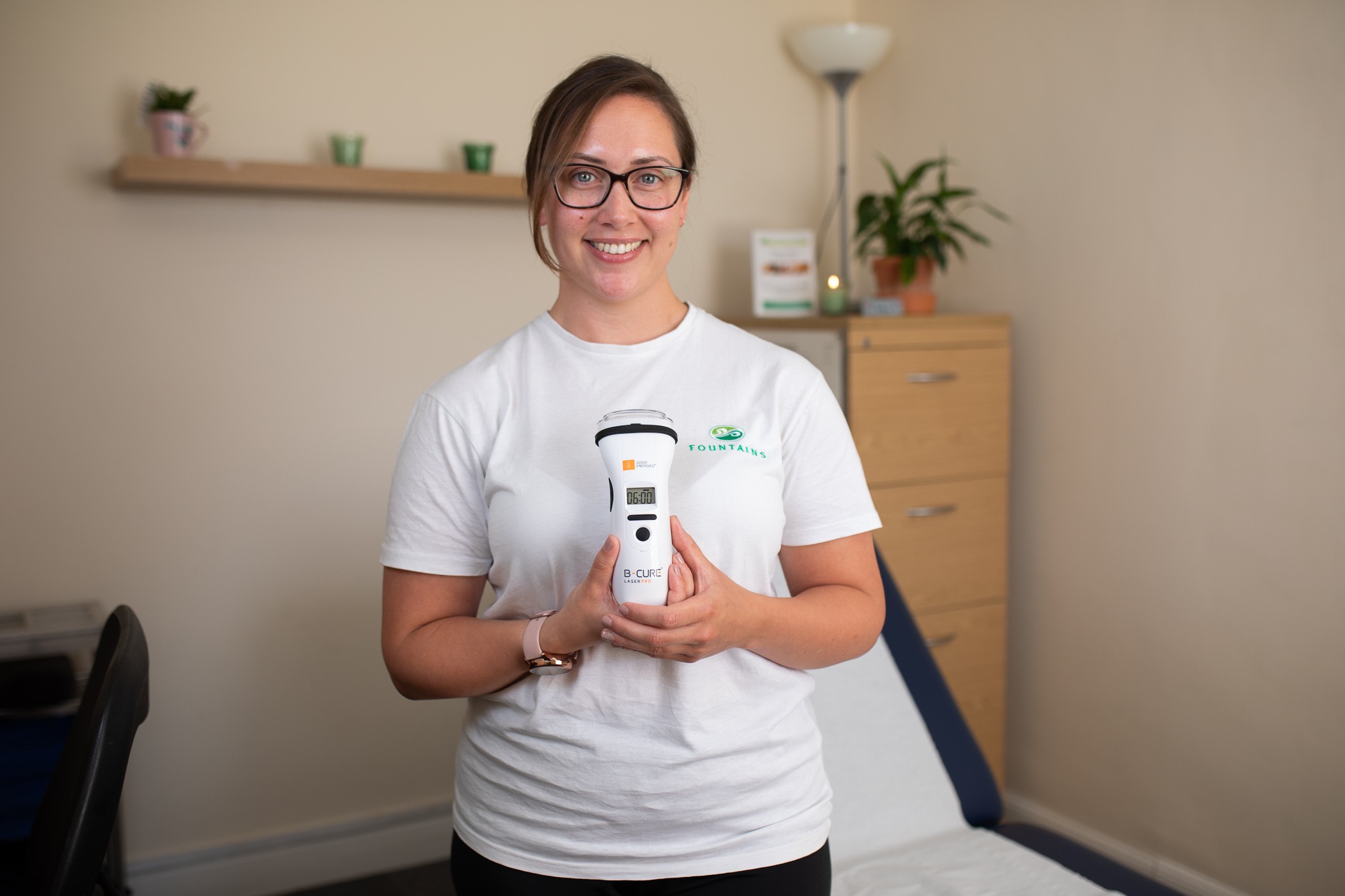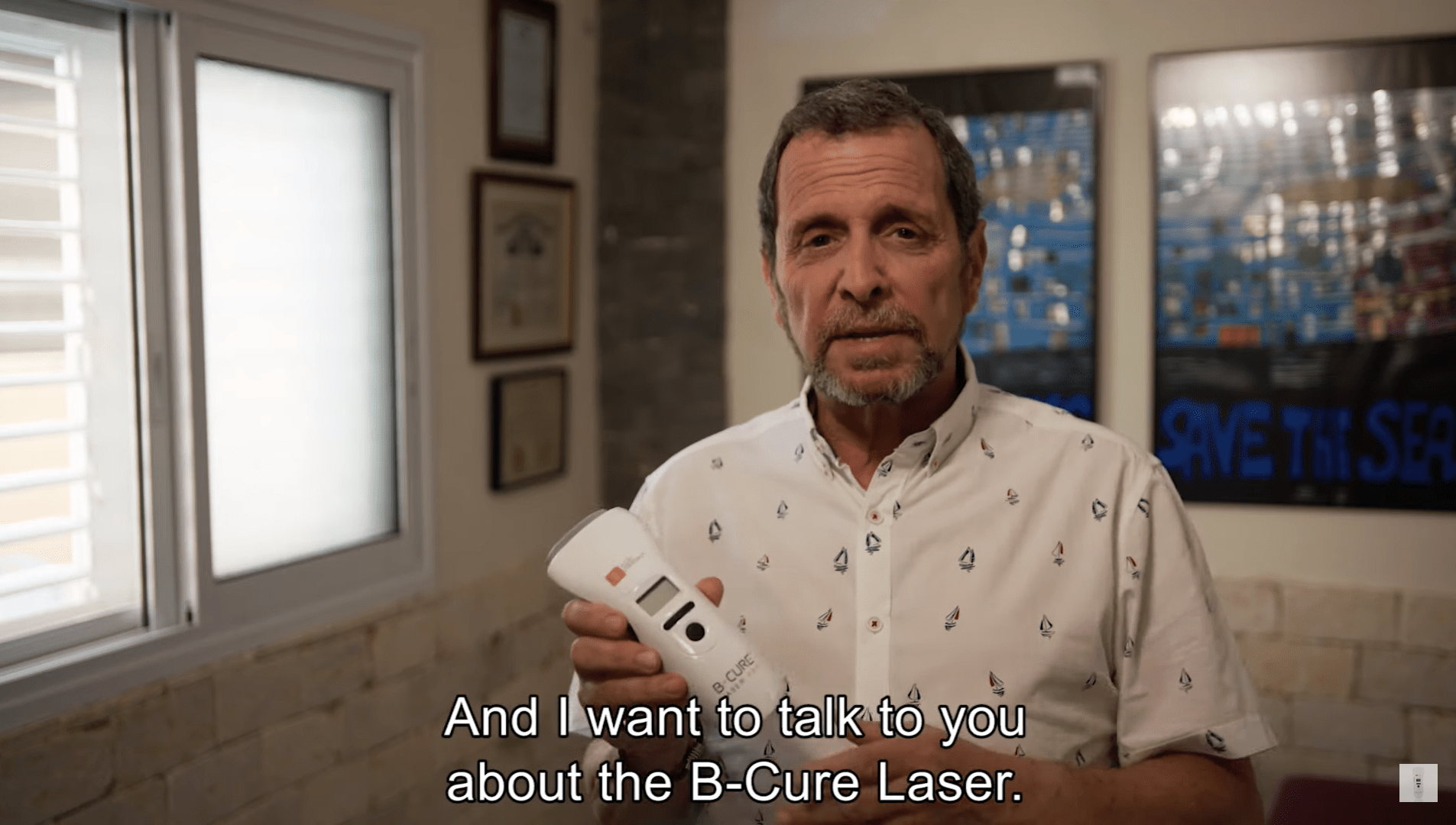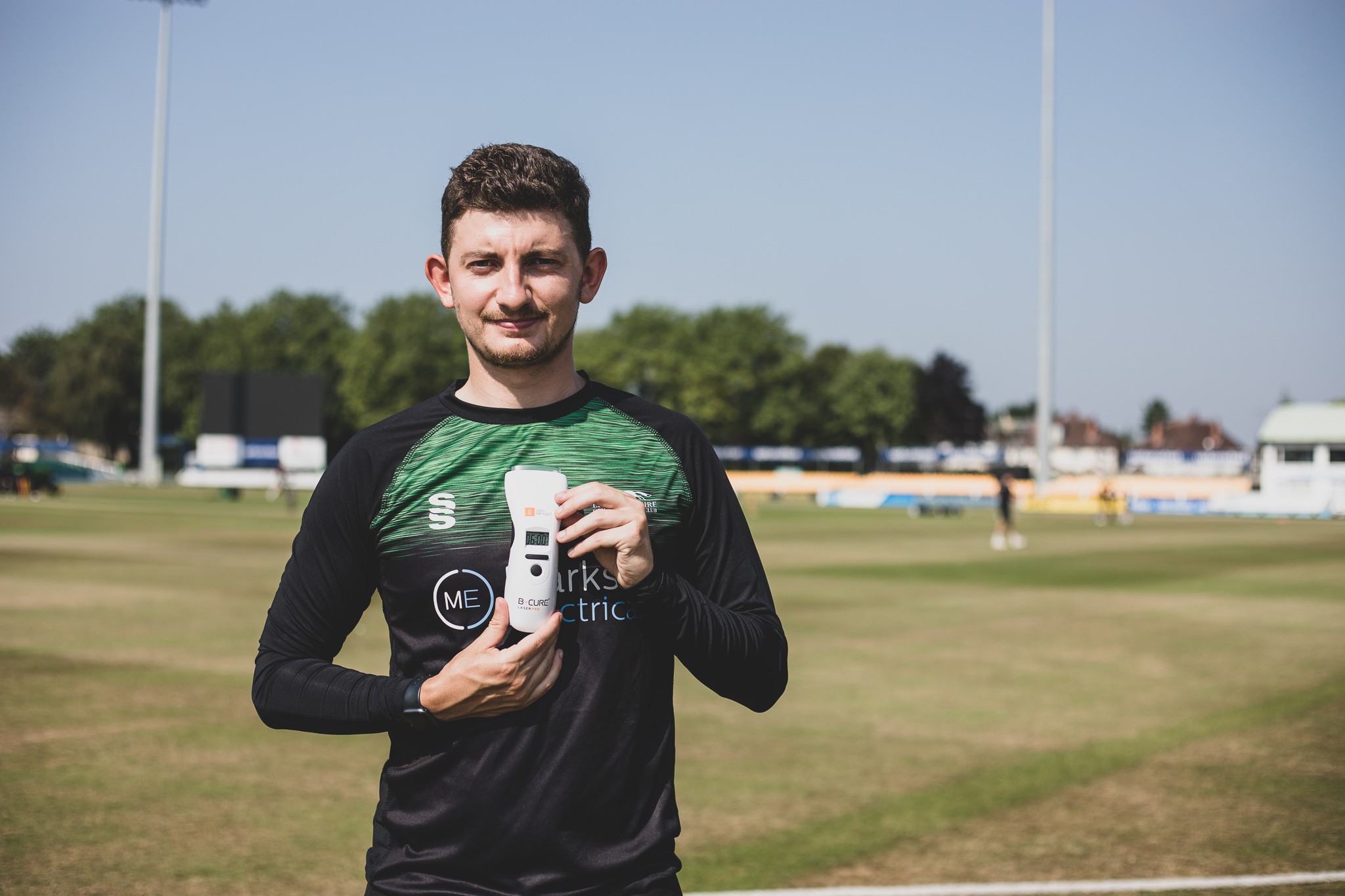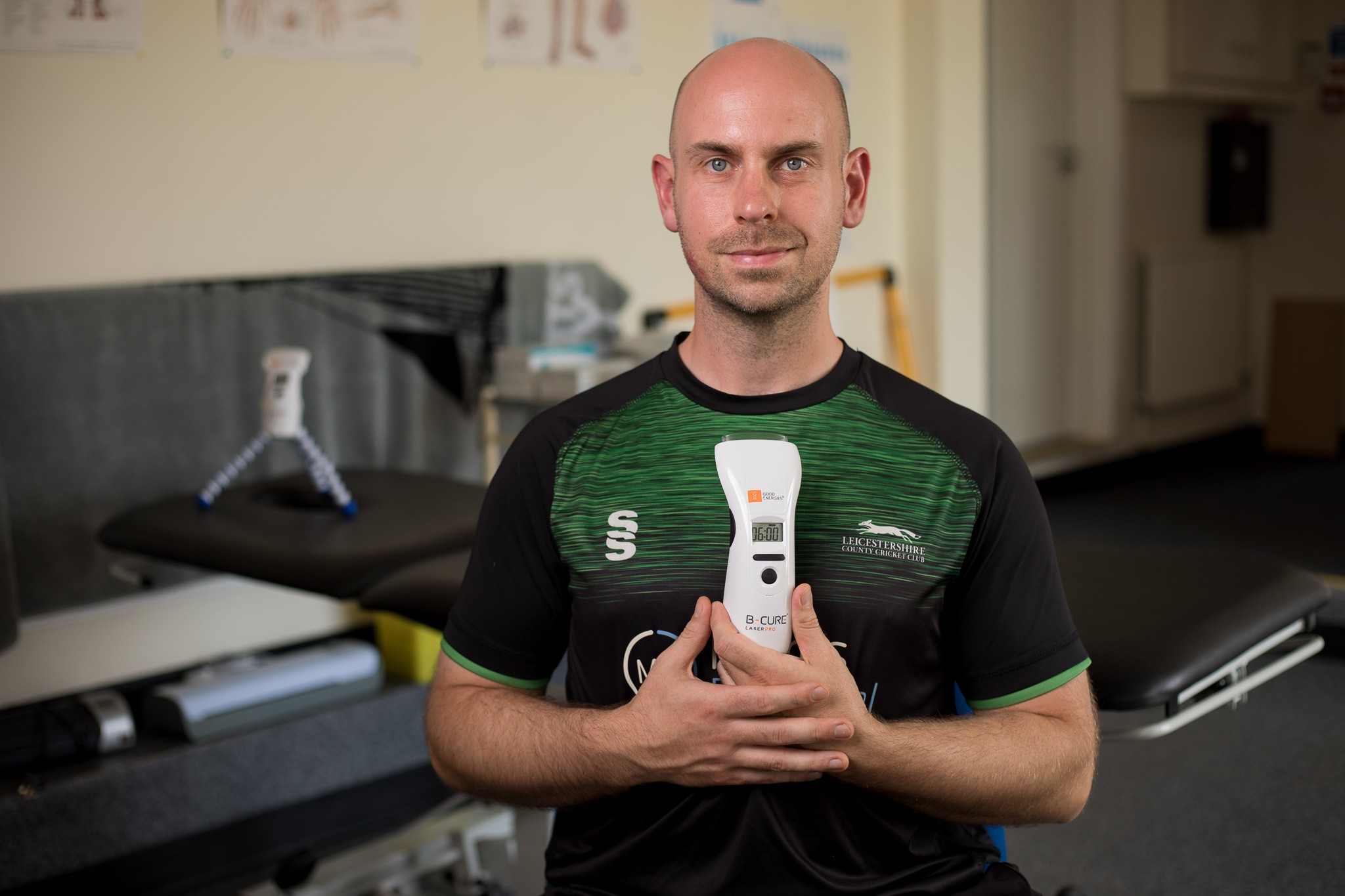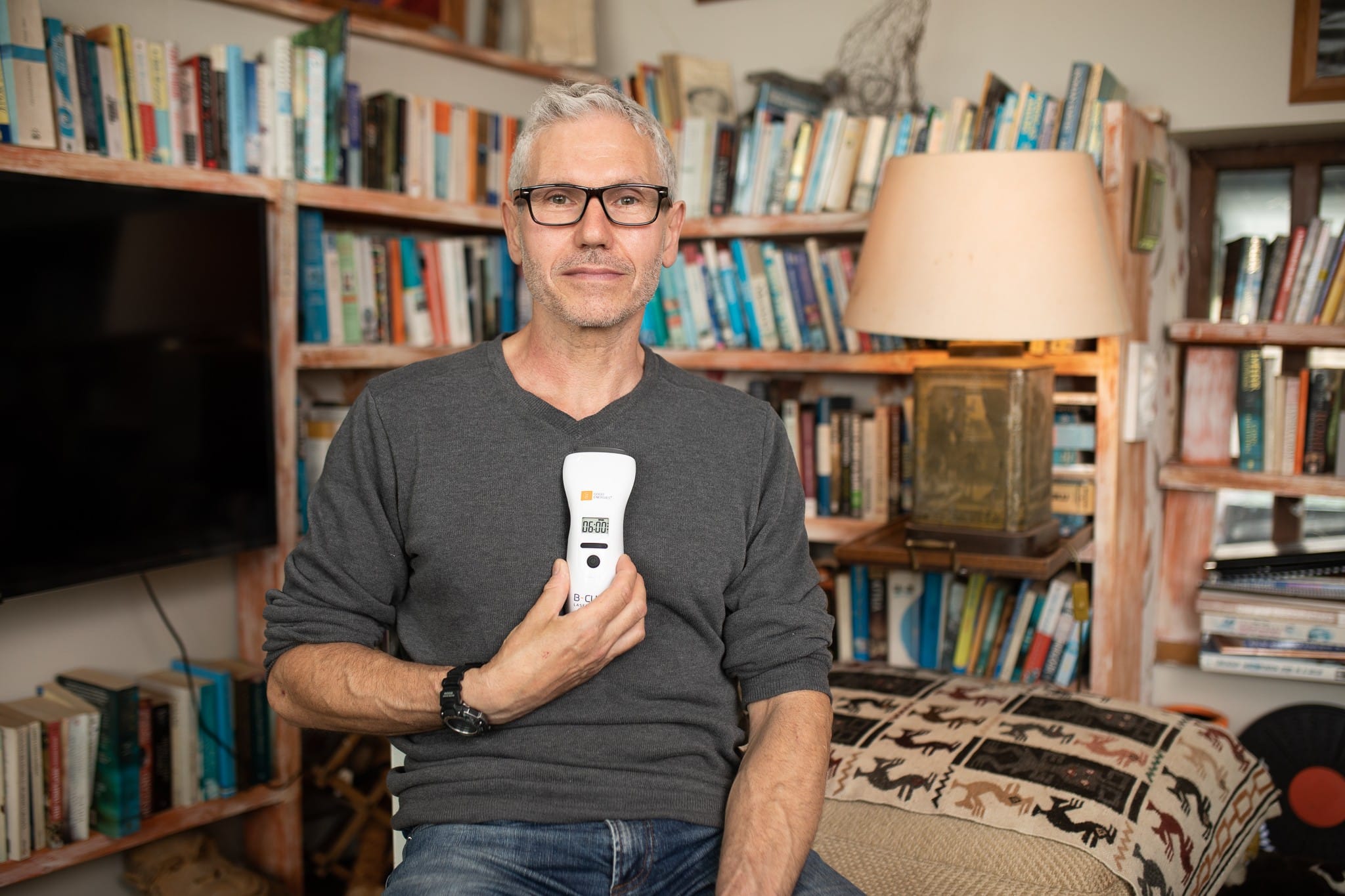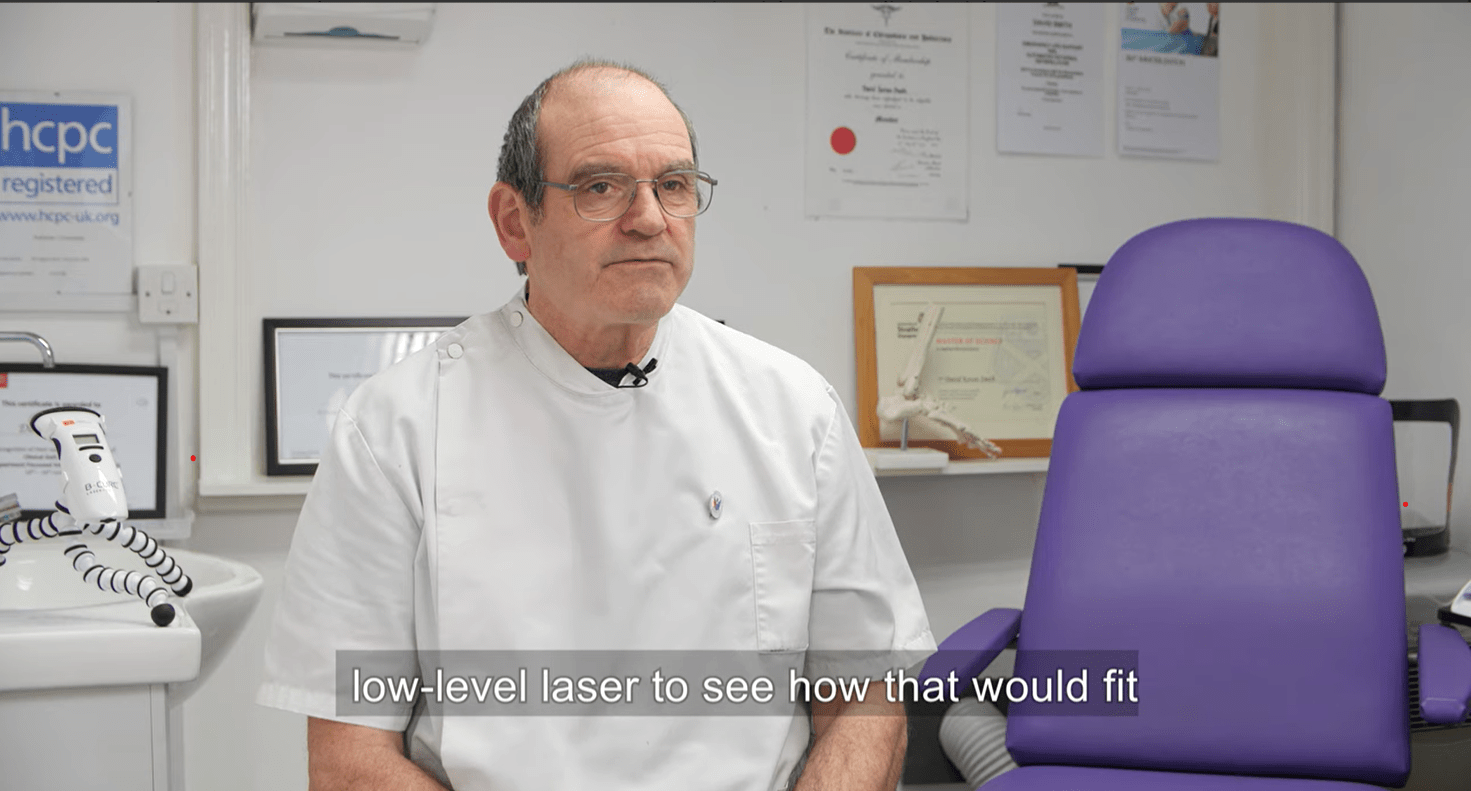Knee pain is one of the most common types of pain
Knee pain is prevalent, affecting 18% of individuals aged 45 and over in the UK due to osteoarthritis, according to a Statista study in 2019. This condition can impact individuals of all ages, not just older adults.
Causes such as injury, cartilage wear, infection, arthritis, or tendonitis can lead to knee pain. It’s important not to self-diagnose—consult a GP if you’re concerned about your symptoms.
The knee functions to bend and straighten the leg while bearing body weight, working in conjunction with the hips and ankles. This complex joint relies on various structures including bones, tendons, and cartilage to support movement and the body’s weight.
Understanding the anatomy of the knee joint
The knee joint consists of four crucial bones: the femur (thigh bone), tibia (shin bone), fibula, and patella (kneecap). It is stabilized by four ligaments connecting the thigh bone to the calf: the anterior cruciate ligament (ACL) and posterior cruciate ligament (PCL) prevent excessive forward or backward sliding of the femur and tibia, while the medial collateral ligament (MCL) and lateral collateral ligament (LCL) restrict side-to-side movement of the joint.
What are the causes of knee pain?
Causes of knee pain include ligament tears, arthritis, meniscus problems, patellar tendon inflammation (tendonitis), osteoporosis, and rheumatoid arthritis. Knee pain can stem from various factors such as mechanical issues, trauma, injury, or inflammation.
Kneecap dislocation
When the kneecap moves out of place, dislocation occurs.
Trauma
Direct trauma can damage structural elements, leading to tears in tendons or menisci, common in sports-related injuries.
Osteoarthritis – Breakdown of knee joint cartilage
The most common form of joint inflammation, osteoarthritis, affects weight-bearing joints, causing cartilage breakdown in the knee.
Types of inflammation
Types of inflammation include rheumatoid arthritis, gout, infected knee inflammation, and patellar inflammation. Various infections can affect the knee joint, causing pain and potentially damaging knee tissues.

Symptoms of knee pain
Symptoms vary based on the cause. Signs and symptoms that may accompany knee pain:
- Swelling and rigidity
- Redness and warm to the touch
- Weakness or instability
- Popping or cracking sounds
- Inability to straighten the knee
Knee pain treatment options
- Physical therapy
- Surgery: arthroscopic surgery or knee replacement
- Knee pain treatment with low-level laser: B-Cure Laser
Why select B-Cure Laser to treat knee pain?
The B-Cure Laser provides effective, non-invasive treatment for knee pain through advanced laser technology. It promotes cellular regeneration, enhances collagen production, improves blood circulation, and alleviates inflammation.
This breakthrough laser therapy offers clinic-grade power in a lightweight, portable device designed for home use, ensuring comfort and convenience.
B-Cure Laser reatment is safe, effective and can provide lasting pain relief
B-Cure Laser’s restorative power is provided by advanced laser technology.
When using the B-Cure Laser, it should be placed in contact with the skin to allow photon energy to penetrate the tissues, thereby stimulating the body to produce adenosine triphosphate (ATP), which carries energy within the cells. The ATP interacts with various biomolecules inside the cells promoting normal cell function and enhancing the body’s natural processes.
Video: How to use B-Cure Laser? Instructions for use
Patients recover from muscular, skeletal and nerve injuries as cells regenerate faster and function better.
What are the therapeutic effects of low-level laser therapy (LLLT)?
Low-level laser therapy, also known as cold laser therapy, is a non-invasive light-source treatment aimed at alleviating discomfort from various musculoskeletal conditions, including knee pain.It employs low-level lasers to stimulate cellular function and accelerate healing.
This therapy yields several potential benefits:
- Increased production of Adenosine Triphosphate (ATP)
- Increased cellular metabolism
- Increased collagen production
- Increased enzyme production
- Increased protein synthesis
- Improved blood circulation
- Improved lymphatic flow and drainage
- Reduced inflammation
These advancements enhance the body’s innate healing abilities, addressing the underlying causes of pain and delivering swift relief.
Video: How does B-Cure Laser work? Technology & Innovation
The B-Cure Laser stands out with its precise 4.5 cm beam, facilitating rapid, efficient treatment for various painful conditions. Designed for home use, it has been clinically proven effective and safe, with no reported side effects, providing a non-invasive solution to alleviate knee pain.
B-Cure Laser is now available for home use and has been proven clinically effective and safe. The treatment has no known side effects and is a non-invasive method for treating orthopaedic conditions.
What are the benefits of B-Cure Laser therapy to treat knee pain?
- Reduce chronic pain when used regularly
- Non-invasive and safe for all ages
- Clinically proven efficacy
- Easy and safe for home use
Videos: Professional Recommendations
Professor Daniel Reis, a surgeon and former Chairman of Orthopaedic Surgery at several hospital departments over the past 30 years, stated:
“According to research carried out, 100 cases were compared between those treated only with physical therapy and patients who received physical therapy and low-laser treatment. In the group that received laser treatment, the need for knee replacement surgery was significantly reduced.”
B-Cure Laser treatment protocol for knee pain
Apply B-Cure Laser to four main treatment points for 8 minutes each:
- Along the inner side of the knee.
- The outer side of the knee.
- The back of the knee.
Should you feel pain at the front of the knee, apply the device to the area under the kneecap.
Using a custom-made adjustable stand enhances treatment convenience, allowing you to administer relief without movement and ensuring deep penetration of the laser beam into affected tissues.
For optimal results, perform the treatment at least twice daily.
To find out more about other health conditions that B-Cure Laser can help manage pain with, see our Treatment Areas channel.


